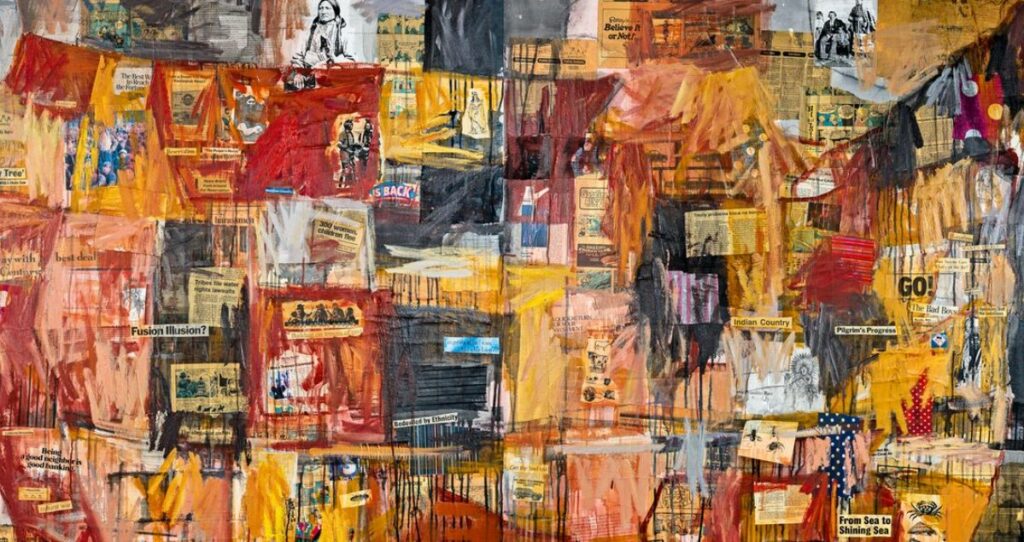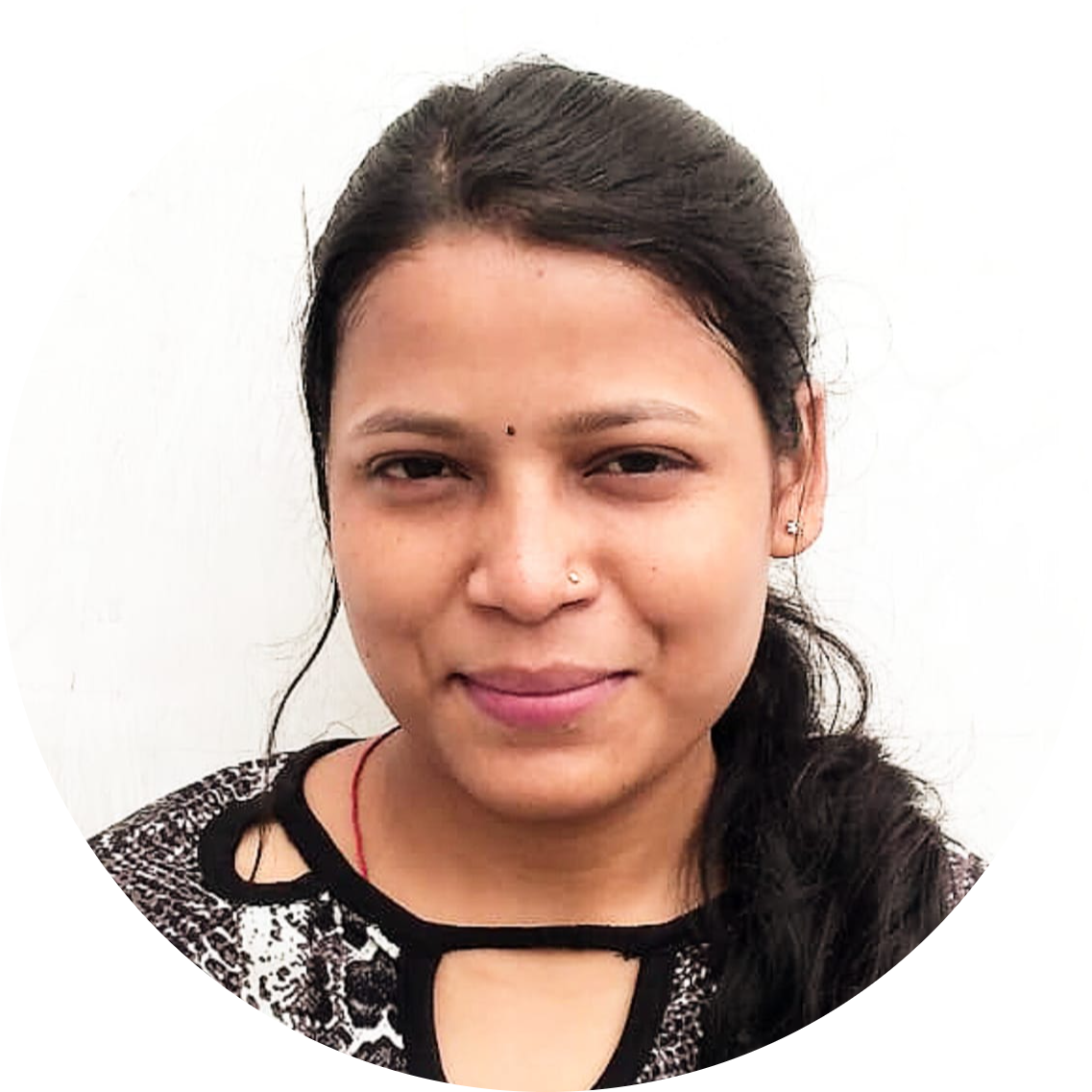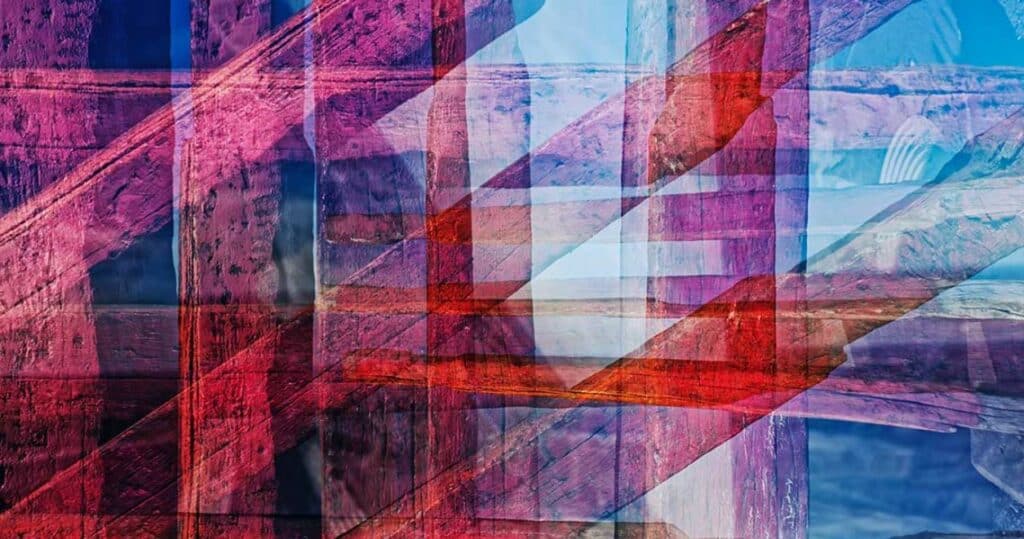I’d like to talk about some really cool people today: famous indigenous artists. I have to say that these great artists have made a mark on the world through their work, and it’s truly unique. When you look at the work of famous indigenous artists, you enter a world full of history, culture, and stories. In a stunning patchwork of expression, their art weaves together tradition and new ideas to say a lot.
Now you may be thinking who these well-known indigenous artists are. I’ll tell you what: they’re heroes in their own right. Their works, which range from bright paintings to complex statues, amaze people all over the world. It’s not just about the art, though. It’s about how each of these famous indigenous artists has been through a journey, a battle, and a victory.
Their stories give their work more meaning by showing how they got their ideas and how they see the world differently from other people. So the next time you see the work of a famous indigenous artist, stop and think about how beautiful it is and what it means. I promise you won’t be let down.
Discover More: Top 10 Most Famous Artists You Must Know About
10 Indigenous Artists Preserving Cultural Heritage Through Their Work
People from all over the world use strong and moving art to share their stories, traditions, and histories. Folk customs are kept alive and artists can show their work. It’s a link between the past and the present that’s very important. We are now going to look at ten Indigenous artists whose work actively preserves their culture. Indigenous artists have made a lot of different kinds of art, and each one has their own style and point of view.
Norval Morrisseau (Ojibwe)

Key Aspects:
- Born: March 14, 1932
- Died: December 4, 2007
- Known For: Father of contemporary Indigenous art, Woodland style
- Children: Christian Morrisseau
- Education: Self-taught
- Spouse: Harriet Kakegamic
The famous Ojibwe artist Norval Morrisseau was born in Ontario, Canada, on March 14, 1931. Known as the “Picasso of the North,” Morrisseau’s brilliant, colourful paintings of Indigenous spirituality and mythology won international praise. His bold lines and vibrant colours revolutionised Indigenous painting, making him a major figure in Canadian art history. Morrisseau investigated identity, tradition, and nature-human relations. Morrisseau lived in poverty and had health concerns, yet his painting continues to inspire Indigenous artists worldwide.
Daphne Odjig (Ojibwe/Anishinaabe)

Key Aspects:
- Born: September 11, 1919
- Died: October 1, 2016
- Known For: Founding member of the Professional Native Indian Artists Association (Group of Seven)
- Children: Stanley Jackson, David Jackson, Penny Petahtegoose, Dorothy A. Semple
- Spouse: Chester Beavon, Paul Somerville
Ojibwe/Anishinaabe artist Daphne Odjig, born 1919, pioneered contemporary Indigenous art. She helped found the Indian Group of Seven by combining Indigenous iconography with modernist techniques. Odjig’s art explores spirituality, identity, and connectivity. She became famous worldwide for her bright colours and compositions. Odjig used her work to conserve Indigenous culture, challenge misconceptions, and foster understanding between Indigenous and non-Indigenous peoples. Her legacy inspires Indigenous artists and shapes Canadian art.
Bill Reid (Haida)

Key Aspects:
- Born: January 12, 1920
- Died: March 13, 1998
- Known For: Renowned for his jewelry, sculptures, and monumental works
- Children: Gwaai Edenshaw
- Education: Ryerson Institute of Technology, London School of Economics
- Spouse: Martine Reid
Bill Reid, a famous Haida artist, was born in Victoria, British Columbia, in 1920 to a Haida mother and an American father. From jewellery manufacturing to carving and sculpting, his art evolved. Reid’s elaborate, culturally significant work blends Haida patterns with modern technology. He is most known for massive sculptures like “The Spirit of Haida Gwaii” in the Canadian Embassy in Washington, D.C. Reid advocated for Indigenous rights and revived Northwest Coast Indigenous art in addition to his work. Generations are inspired by his work.
Susan Point (Musqueam)

Key Aspects:
- Known For: Contemporary Coast Salish artist, particularly in printmaking and sculpture
- Children: Kelly Cannell, Dionne Paul
- Education: Vancouver School of Art
Musqueam artist Susan Point pioneered contemporary Coast Salish art. Point, a Musqueam artist from British Columbia, Canada, was born in 1952. Her elaborate Coast Salish-inspired designs are admired for combining tradition with modern materials and techniques. Point works with woodcarving, printing, and glass. She revived Coast Salish art and contributed to Indigenous art education. Point is a pioneer in Indigenous art, with works in many notable collections and worldwide exhibitions.
Jaune Quick-to-See Smith (Salish and Kootenai)

Key Aspects:
- Known For: Influential Native American contemporary artist, known for her paintings, prints, and mixed-media works
- Children: Gabe Smith
Jaune Fast-SEE Indigenous artist Smith, of Salish and Kootenai origin, is lauded for her groundbreaking contemporary art. Born in 1940, her painting, printmaking, and collage combine Indigenous and modernism styles. The forceful critiques of cultural identity, colonialism, and environmentalism in Smith’s art challenge social conventions and historical injustices. Her vibrant colour and symbolism sometimes incorporate Native American motifs. Smith has influenced the art world and inspired future Indigenous artists with her extensive exhibitions in the US and abroad.
George Littlechild (Plains Cree)

Key Aspects:
- Known For: Fusion of Indigenous imagery with elements of folk art and collage
- Children: Geraldine Littlechild
- Education: Alberta College of Art and Design
Plains Cree artist George Littlechild is known for his vivid and evocative work. Born in Alberta, Canada, in 1958, his boyhood was shaped by Indigenous struggles, which shaped his art. Littlechild’s visually appealing works depict stories of survival, identity, and cultural pride using Indigenous themes and contemporary approaches. Know More about his paintings on Official Website His paintings invite visitors to explore Indigenous experiences using vibrant colours, dramatic compositions, and layers of meaning. Littlechild is a significant figure in Indigenous contemporary art and a powerful advocate for Indigenous people, with work displayed globally.
Preston Singletary (Tlingit)

Key Aspects:
- Born: 1963 (age 61 years)
- Known For: Glass artist, incorporating Tlingit designs and motifs into his work
- Education: Seattle Central Community College
Tlingit artist Preston Singletary is known for his unique glasswork influenced by his indigenous ancestry. His painting blends Tlingit motifs with modern methods and is influenced by his Alaskan heritage. Singletary’s elaborate drawings depict Tlingit mythology, spirituality, and culture. Glassblowing, carving, and sandblasting revive historic forms to create spectacular sculptures, masks, and containers that honour heritage. Singletary’s work has been exhibited in major museums and galleries worldwide, helping to promote indigenous art in modern art.
Kenojuak Ashevak (Inuit)

Key Aspects:
- Born: October 3, 1927
- Died: January 7, 2013
- Known For: Celebrated Inuit artist, particularly known for her prints
- Children: Napachie Pootoogook, Qaqaq Ashoona, Tim Pitsiulak
- Spouse: Johnniebo Ashevak
The legendary Inuit artist Kenojuak Ashevak was born in Canada’s Arctic in 1927. She was lauded for her innovative Inuit painting, which featured brilliant colours and detailed motifs. Ashevak, who was deeply connected to her roots, painted Arctic nature and Inuit culture. Her most famous painting, “The Enchanted Owl,” landed on a Canadian postage stamp, cementing her reputation. Ashevak inspired generations of Indigenous painters and helped popularise Inuit art worldwide. She died in 2013, leaving a significant artistic legacy.
Banksia (Eddie) Koolmatrie (Ngarrindjeri)

Key Aspects:
- Known For: Internationally recognized Australian Aboriginal artist, known for his woodcarvings and paintings
- Children: Claude Koolmatrie, Wayne Koolmatrie, Aunty Bev
Famous Ngarrindjeri artist Banksia (Eddie) Koolmatrie is from South Australia’s Murray River region. Koolmatrie’s weaving skills reflect the Ngarrindjeri people’s rich culture and connection to the earth. His beautiful woven sculptures and baskets represent the natural beauty and Indigenous spirituality of his surrounds. Koolmatrie is one of Australia’s leading Indigenous artists, with work in galleries and shows worldwide. He promotes Indigenous culture and its relevance in modern society through his work.
Kiawak Ashoona (Inuit)

Key Aspects:
- Known For: Renowned Inuit artist, particularly known for his sculptures
- Children: Oqutaq Ashoona
Kinngait (previously Cape Dorset), Nunavut, Canada, is home to renowned Inuit artist Kiawak Ashoona. He was born in 1933 into an artistic family. Ashoona depicts the Arctic’s rich culture and natural splendour. His elaborate sculptures and prints depict animals, Inuit life, and mythical creatures in great detail. Ashoona’s art is lauded for its ability to bridge cultural gaps and show audiences the Inuit way of life.
read more: 10 Famous Influential Art Dealers Who Shaped the Art Market
Verdict
Indigenous painters have captured their cultures and traditions in their distinct works. Their creations express a generational link to the land, traditions, and spirituality. You’ll find a rich tapestry of colours, symbols, and stories that connect with sincerity and emotion in their masterpieces. Their art is a potent tool for social commentary, campaigning, and cultural preservation. When you appreciate their art, you’re also participating in a discourse that challenges perceptions and encourages understanding.
FAQs
What relevance does Indigenous art have?
Indigenous art is vital because it helps to conserve, celebrate, and convey Indigenous peoples’ cultural heritage, stories, and traditions. It is an extremely effective tool for cultural expression and identification.
How can I help Indigenous artists and their projects?
Buying their art, visiting shows, and sharing their work are all ways to support Indigenous artists. Respecting Indigenous culture and campaigning for their rights are also important ways to strengthen their communities.
Are there more types of Indigenous art than painting and sculpture?
Yes, Indigenous art includes a variety of mediums such as weaving, beadwork, pottery, dance, music, and others. Each form is strongly steeped in the Indigenous group’s culture and history.





